Home>Furniture & Design>Outdoor Furniture>How To Seal Paint For Outdoor Use
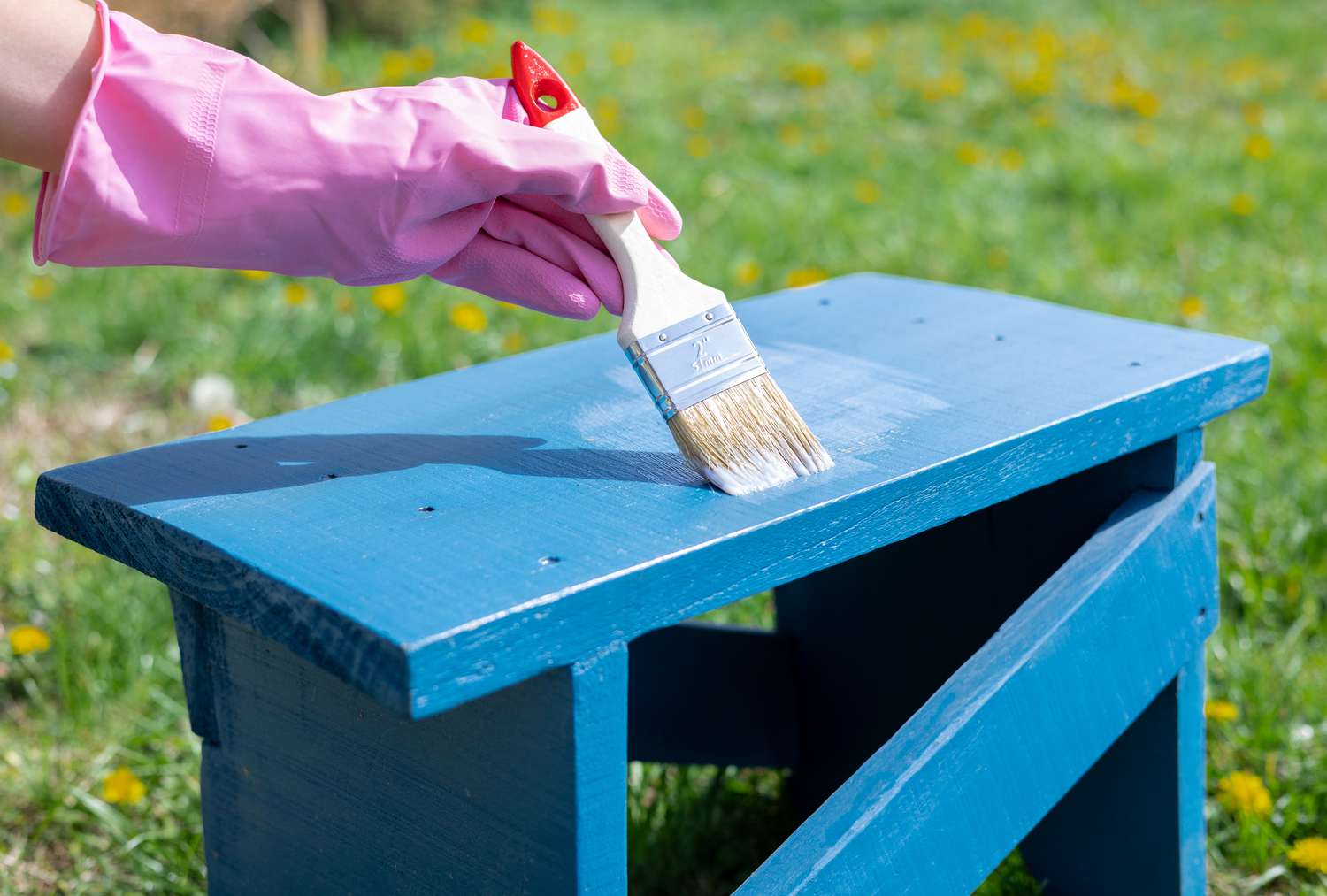

Outdoor Furniture
How To Seal Paint For Outdoor Use
Modified: January 21, 2024
Learn how to seal paint for outdoor use and protect your outdoor furniture and design. Keep your outdoor furniture looking great with our expert tips.
(Many of the links in this article redirect to a specific reviewed product. Your purchase of these products through affiliate links helps to generate commission for Storables.com, at no extra cost. Learn more)
Introduction
When it comes to outdoor furniture, the allure of a beautifully painted piece can instantly elevate the ambiance of any space. Whether it's a charming wooden bench in the garden or a vibrant table on the patio, outdoor furniture serves as more than just functional pieces; they are extensions of our personal style and the ambiance we wish to create. However, the great outdoors presents unique challenges to painted surfaces, making it essential to take the necessary steps to protect and preserve the beauty of these pieces.
In this comprehensive guide, we will delve into the art of sealing paint for outdoor use. From understanding the importance of sealing outdoor paint to selecting the right sealant, preparing the surface, applying the sealant, and maintaining the sealed paint, we will cover every facet of this crucial process. By the end, you will be equipped with the knowledge and confidence to ensure that your outdoor furniture remains vibrant and captivating for years to come.
So, let's embark on this journey to discover the secrets of sealing paint for outdoor use, and in doing so, secure the longevity and allure of our outdoor furniture.
Key Takeaways:
- Protect your outdoor furniture by sealing the paint to shield it from sun, rain, and temperature changes. This preserves its beauty and structural integrity, extending its lifespan and reducing maintenance efforts.
- Choose the right sealant based on paint type, material, environmental exposure, and aesthetic preferences to ensure long-lasting protection for your outdoor furniture. Thoroughly prepare, apply, and maintain the sealant for enduring beauty.
Read more: How To Seal Outdoor Painted Wood
Understanding the Importance of Sealing Paint for Outdoor Use
Outdoor furniture is constantly exposed to the elements, from the scorching sun to relentless rain and fluctuating temperatures. This exposure can wreak havoc on unprotected painted surfaces, leading to fading, peeling, and overall deterioration. Sealing the paint for outdoor use is not merely a matter of aesthetics; it is a crucial step in ensuring the longevity and durability of the furniture.
By applying a sealant, you create a protective barrier that shields the paint from moisture, UV rays, and other environmental stressors. This barrier helps to prevent water penetration, which can lead to warping, cracking, and mold growth in wooden furniture. Additionally, UV-resistant sealants offer protection against sun damage, preventing the colors from fading and the paint from deteriorating.
Beyond protection from the elements, sealing outdoor paint contributes to the overall maintenance of the furniture. It simplifies the cleaning process by creating a smooth, non-porous surface that is easier to wipe down and keep free from dirt and grime. This not only preserves the aesthetic appeal but also reduces the effort required to maintain the furniture, allowing you to spend more time enjoying your outdoor space.
Furthermore, sealing the paint enhances the structural integrity of the furniture, especially in the case of wooden pieces. It helps to minimize the expansion and contraction of the wood due to moisture, thereby reducing the risk of cracks and splits. This is particularly important in regions with varying weather patterns, where the furniture is subjected to continuous changes in humidity and temperature.
In essence, the importance of sealing paint for outdoor use cannot be overstated. It not only safeguards the visual appeal of the furniture but also fortifies its resilience against the harsh outdoor elements, ultimately extending its lifespan and maintaining its pristine condition.
Choosing the Right Sealant for Outdoor Paint
When it comes to sealing outdoor paint, selecting the right sealant is paramount to ensuring the effectiveness and longevity of the protective barrier. With a myriad of options available, ranging from polyurethane and varnish to acrylic and epoxy sealants, it’s essential to consider several factors to make an informed decision.
1. Type of Paint: The type of paint used on the furniture will influence the choice of sealant. For instance, oil-based paints generally pair well with oil-based sealants, while water-based paints may require a different type of sealant for optimal adhesion and protection.
2. Material of the Furniture: Different materials, such as wood, metal, or plastic, may necessitate specific sealants tailored to their unique properties. For wooden furniture, a sealant that offers moisture resistance and UV protection is crucial, while metal furniture may benefit from rust-inhibiting sealants.
3. Environmental Exposure: Consider the prevailing weather conditions and the level of exposure the furniture will endure. In areas with intense sunlight, UV-resistant sealants are essential to prevent color fading and paint degradation. Likewise, in regions prone to heavy rainfall, a sealant with superior water resistance is imperative.
4. Aesthetic Preferences: Some sealants may alter the appearance of the paint, such as imparting a glossy or matte finish. It’s important to consider the desired aesthetic outcome and choose a sealant that aligns with your vision for the furniture.
5. Longevity and Maintenance: Evaluate the durability and maintenance requirements of the sealant. Some sealants may offer long-lasting protection with minimal upkeep, while others may necessitate more frequent reapplication.
Additionally, it’s advisable to opt for sealants specifically formulated for outdoor use, as they are designed to withstand the rigors of the environment and provide robust protection against outdoor elements. Reading product reviews and seeking recommendations from professionals can also offer valuable insights into the performance and suitability of different sealants.
By carefully considering these factors and conducting thorough research, you can identify the most suitable sealant that aligns with the specific needs of your outdoor furniture, ensuring that it remains safeguarded and visually stunning for years to come.
Preparing the Surface for Sealing
Before applying the sealant to outdoor furniture, thorough surface preparation is essential to ensure optimal adhesion and the longevity of the protective seal. This process involves several key steps to clean, smooth, and prime the surface, setting the stage for the successful application of the sealant.
1. Cleaning the Surface: Begin by thoroughly cleaning the furniture to remove any dirt, dust, or grime that may have accumulated. Use a mild detergent or specially formulated cleaner suitable for the material of the furniture, and rinse it thoroughly to ensure a clean and debris-free surface.
2. Sanding and Smoothing: For wooden furniture, sanding the surface is crucial to eliminate rough patches, splinters, and uneven areas. Use fine-grit sandpaper to achieve a smooth and uniform surface, paying attention to any existing paint or finish to create a suitable base for the sealant.
3. Repairing Imperfections: Inspect the furniture for any cracks, dents, or imperfections in the existing paint. Repair these areas as needed, filling in gaps and ensuring that the surface is free from any blemishes that could compromise the effectiveness of the sealant.
4. Allowing Sufficient Drying Time: If the furniture has been recently painted, it’s crucial to allow ample time for the paint to cure completely before applying the sealant. This helps to prevent any potential interactions between the sealant and the paint, ensuring a seamless and durable protective layer.
5. Applying a Primer (if necessary): In some cases, particularly with certain types of wood or when transitioning between different types of paint, applying a suitable primer can enhance the adhesion of the sealant and promote long-term durability. Consult the recommendations of the sealant manufacturer for guidance on the necessity of priming.
By meticulously preparing the surface for sealing, you set the foundation for a robust and enduring protective layer. This process not only ensures the effectiveness of the sealant but also contributes to the overall longevity and resilience of the painted outdoor furniture, allowing it to withstand the rigors of outdoor exposure with grace and durability.
To seal paint for outdoor use, apply a clear outdoor sealer over the dried paint. Make sure to choose a sealer that is specifically designed for outdoor use to protect the paint from the elements.
Applying the Sealant
Once the surface of the outdoor furniture is meticulously prepared, the application of the sealant is a critical step in fortifying the paint and safeguarding it against the outdoor elements. The process of applying the sealant requires precision, patience, and attention to detail to ensure comprehensive coverage and a durable protective barrier.
1. Selecting the Appropriate Tools: Depending on the size and intricacy of the furniture, choose the appropriate tools for applying the sealant. For larger surfaces, a paintbrush or paint sprayer may be suitable, while smaller or detailed areas may benefit from the precision of foam brushes or small rollers.
2. Even Application: Prioritize even and consistent coverage of the sealant to achieve uniform protection across the entire surface. Avoid excessive buildup or thin spots, as these may compromise the effectiveness of the sealant and detract from the aesthetic appeal of the furniture.
3. Following Manufacturer Guidelines: Adhere to the specific instructions provided by the sealant manufacturer regarding application techniques, recommended drying times, and the number of coats required. This ensures that the sealant performs optimally and delivers the intended level of protection.
4. Working in Suitable Conditions: Choose a well-ventilated area with moderate temperature and low humidity for applying the sealant. Avoid applying the sealant under direct sunlight or in excessively windy conditions, as these factors can interfere with the application and curing process.
5. Overlapping Strokes: When using a brush or roller, employ overlapping strokes to prevent streaks and ensure thorough coverage. This technique helps to blend the sealant evenly and minimize the visibility of brush marks or roller lines on the finished surface.
6. Patience and Precision: Allow each coat of sealant to dry completely before applying additional coats, as rushing the process can compromise the integrity of the protective barrier. Exercise patience and precision to achieve a professional and long-lasting finish.
By approaching the application of the sealant with care and attention, you can effectively fortify the outdoor furniture against the elements, preserving its visual appeal and structural integrity. This meticulous process ensures that the furniture is equipped to withstand the challenges of outdoor exposure, allowing you to enjoy its beauty for years to come.
Read more: How To Seal Plywood For Outdoor Use
Curing and Maintaining the Sealed Paint
Following the application of the sealant, the curing and maintenance phase is crucial to solidify the protective barrier and uphold the longevity of the sealed paint on outdoor furniture. This stage involves allowing the sealant to cure fully, implementing regular maintenance practices, and addressing any potential issues to ensure that the furniture remains vibrant and well-protected.
1. Curing Time: Respect the recommended curing time provided by the sealant manufacturer. Adequate curing time allows the sealant to form a robust protective layer, enhancing its resistance to moisture, UV rays, and other environmental factors. Avoid subjecting the furniture to heavy use or exposure during this critical period.
2. Regular Cleaning: Implement a regular cleaning regimen to keep the sealed paint free from dirt, dust, and environmental residues. Use a mild cleanser and a soft cloth to gently wipe down the furniture, maintaining its luster and preventing the accumulation of debris that could compromise the protective seal.
3. Inspection and Touch-Ups: Periodically inspect the sealed paint for any signs of wear, chipping, or damage. Address any areas that may require touch-ups promptly to prevent the deterioration of the sealant and maintain the integrity of the protective barrier.
4. Protective Measures: During inclement weather or extended periods of non-use, consider employing protective covers or relocating the furniture to shield it from excessive exposure. This proactive approach helps to prolong the lifespan of the sealed paint and minimize the impact of harsh environmental conditions.
5. Reapplication of Sealant: Depending on the type of sealant used and the level of exposure the furniture experiences, periodic reapplication of the sealant may be necessary to reinforce the protective barrier. Follow the guidelines provided by the sealant manufacturer for the recommended frequency of reapplication.
6. Addressing Damage Promptly: In the event of accidental damage or unforeseen issues, such as scratches or abrasions, address these promptly to prevent the compromise of the sealant and the underlying paint. Swift action can help maintain the overall integrity and appearance of the furniture.
By conscientiously tending to the curing and maintenance of the sealed paint, you can uphold the beauty and resilience of the outdoor furniture, ensuring that it remains a captivating and enduring feature of your outdoor space. This proactive approach preserves the vibrancy of the paint and the structural integrity of the furniture, allowing you to revel in its allure for years to come.
Conclusion
Sealing paint for outdoor use is a transformative process that transcends mere protection; it is a testament to our commitment to preserving the beauty and longevity of our outdoor furniture. As we have embarked on this journey to understand the importance of sealing outdoor paint, choosing the right sealant, preparing the surface, applying the sealant, and maintaining the sealed paint, we have uncovered the intricate art of safeguarding our cherished outdoor pieces.
By comprehending the significance of sealing outdoor paint, we have recognized its role in shielding our furniture from the relentless forces of nature. The protective barrier created by the sealant acts as a stalwart defender, warding off moisture, UV rays, and environmental stressors, ensuring that our furniture remains vibrant and resilient in the face of adversity.
Choosing the right sealant has emerged as a pivotal decision, one that hinges on the type of paint, the material of the furniture, environmental exposure, aesthetic preferences, and the desired longevity and maintenance. This discerning selection process empowers us to tailor the protection to the specific needs of our outdoor furniture, ensuring that it receives the optimal defense against the elements.
Preparing the surface for sealing has underscored the significance of meticulous groundwork, from thorough cleaning and smoothing to repairing imperfections and allowing adequate drying time. This preparatory phase sets the stage for the successful application of the sealant, laying the groundwork for a robust and enduring protective layer.
Applying the sealant has been revealed as a deliberate and precise process, one that demands attention to detail, even application, and adherence to manufacturer guidelines. This meticulous approach ensures comprehensive coverage and a durable protective barrier, fortifying the furniture against the rigors of outdoor exposure.
As we delve into the curing and maintenance of the sealed paint, we embrace the ongoing commitment to preserving the allure and resilience of our outdoor furniture. The careful nurturing of the protective barrier, regular maintenance, and proactive measures serve as the guardians of the furniture’s longevity, ensuring that it remains a captivating and enduring feature of our outdoor space.
In conclusion, the art of sealing paint for outdoor use transcends the realm of protection; it embodies our dedication to cherishing and safeguarding the beauty of our outdoor furniture. Through understanding, meticulous preparation, and attentive care, we fortify our outdoor pieces, allowing them to stand resilient and captivating amidst the ever-changing tapestry of the great outdoors.
Frequently Asked Questions about How To Seal Paint For Outdoor Use
Was this page helpful?
At Storables.com, we guarantee accurate and reliable information. Our content, validated by Expert Board Contributors, is crafted following stringent Editorial Policies. We're committed to providing you with well-researched, expert-backed insights for all your informational needs.
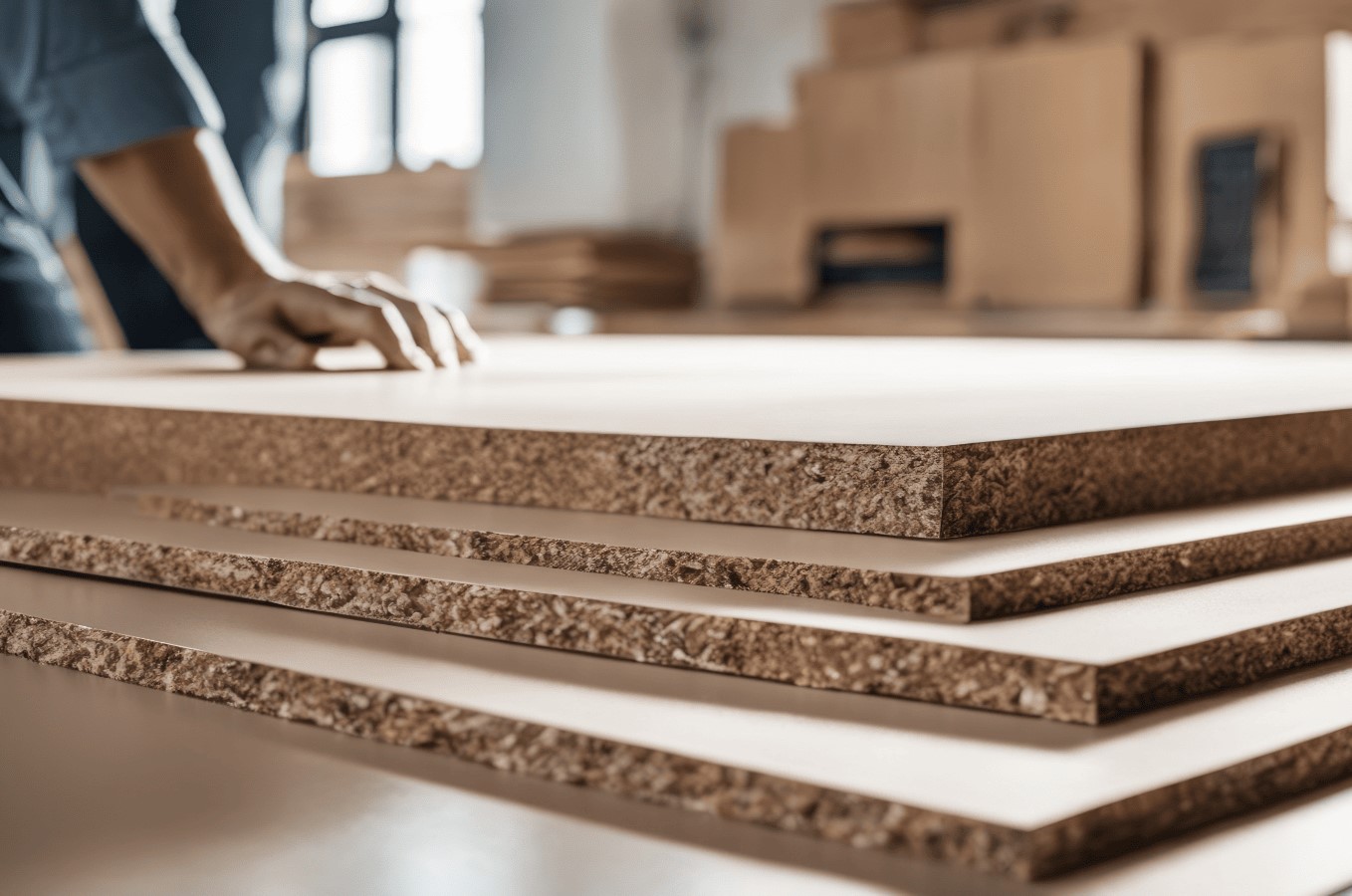
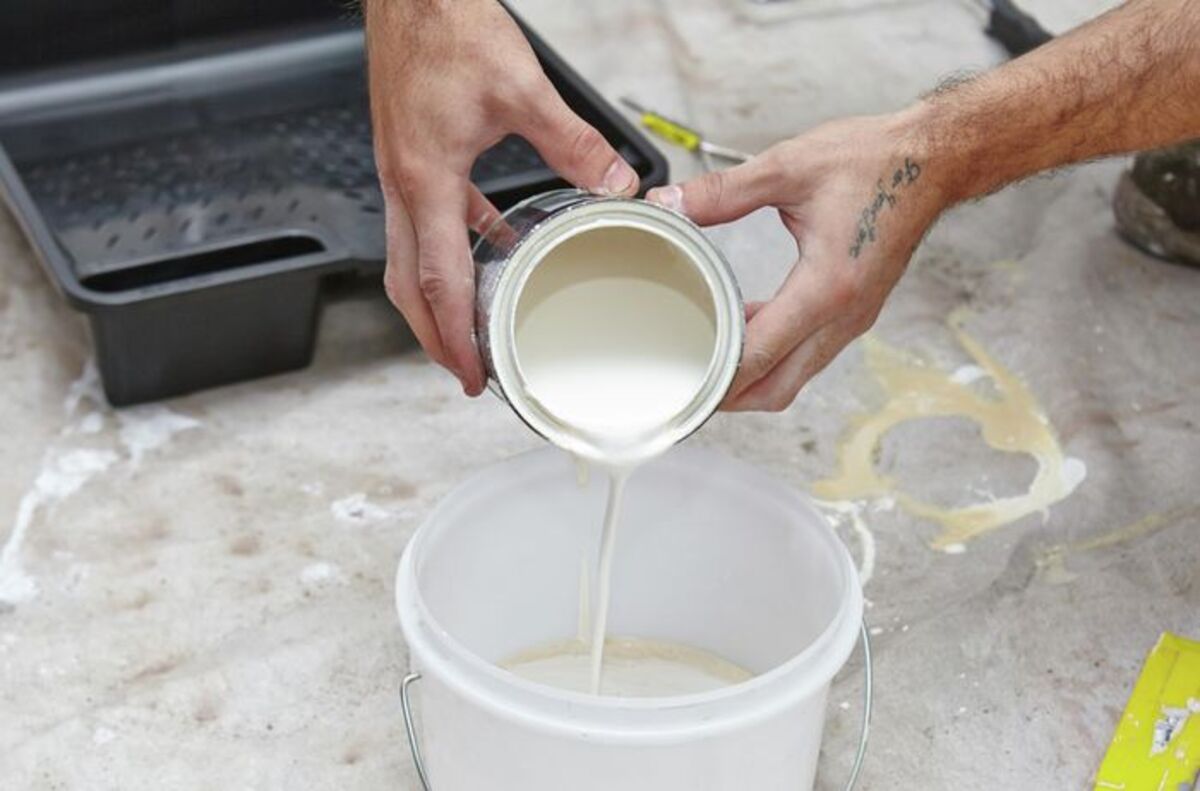
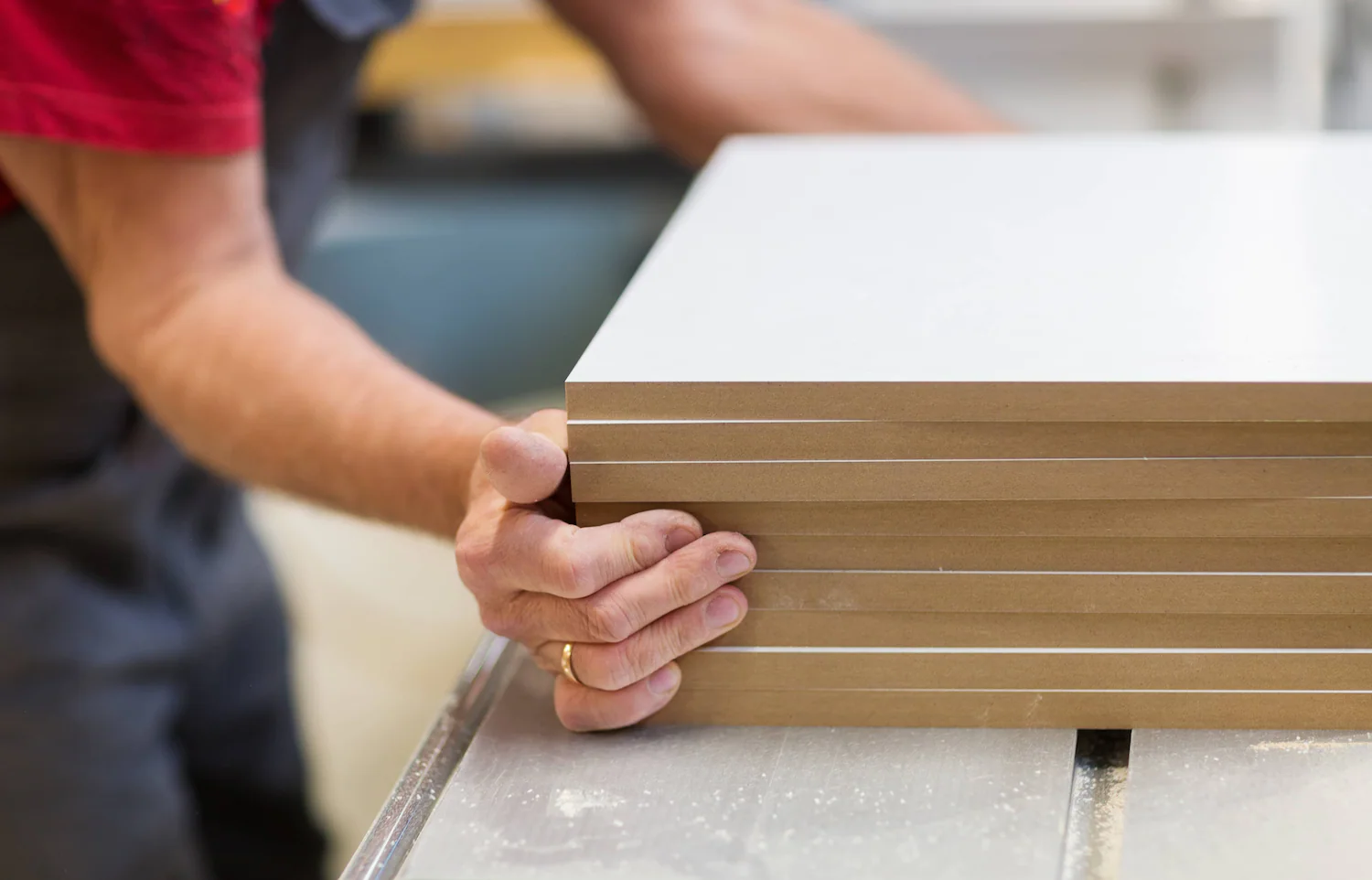
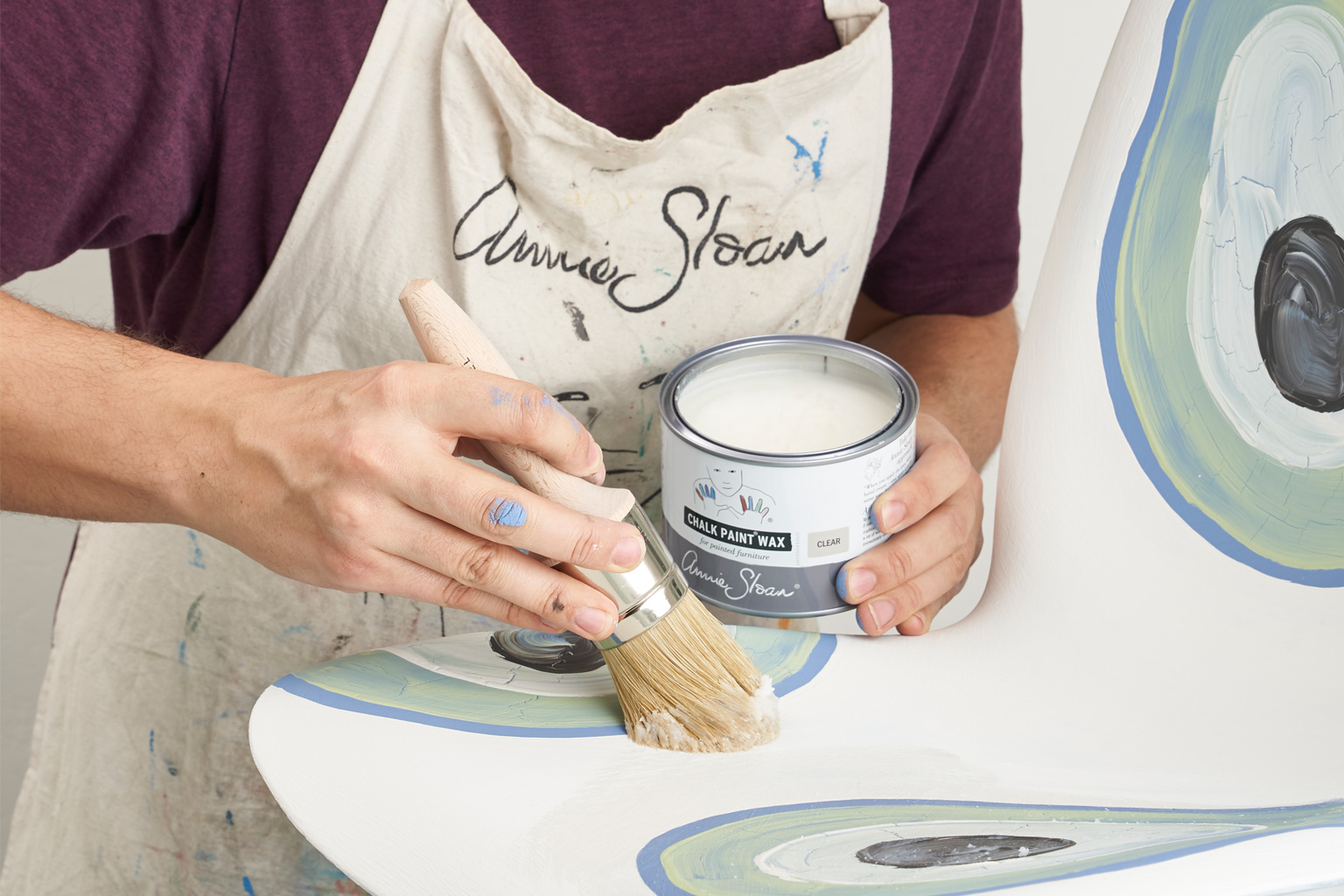
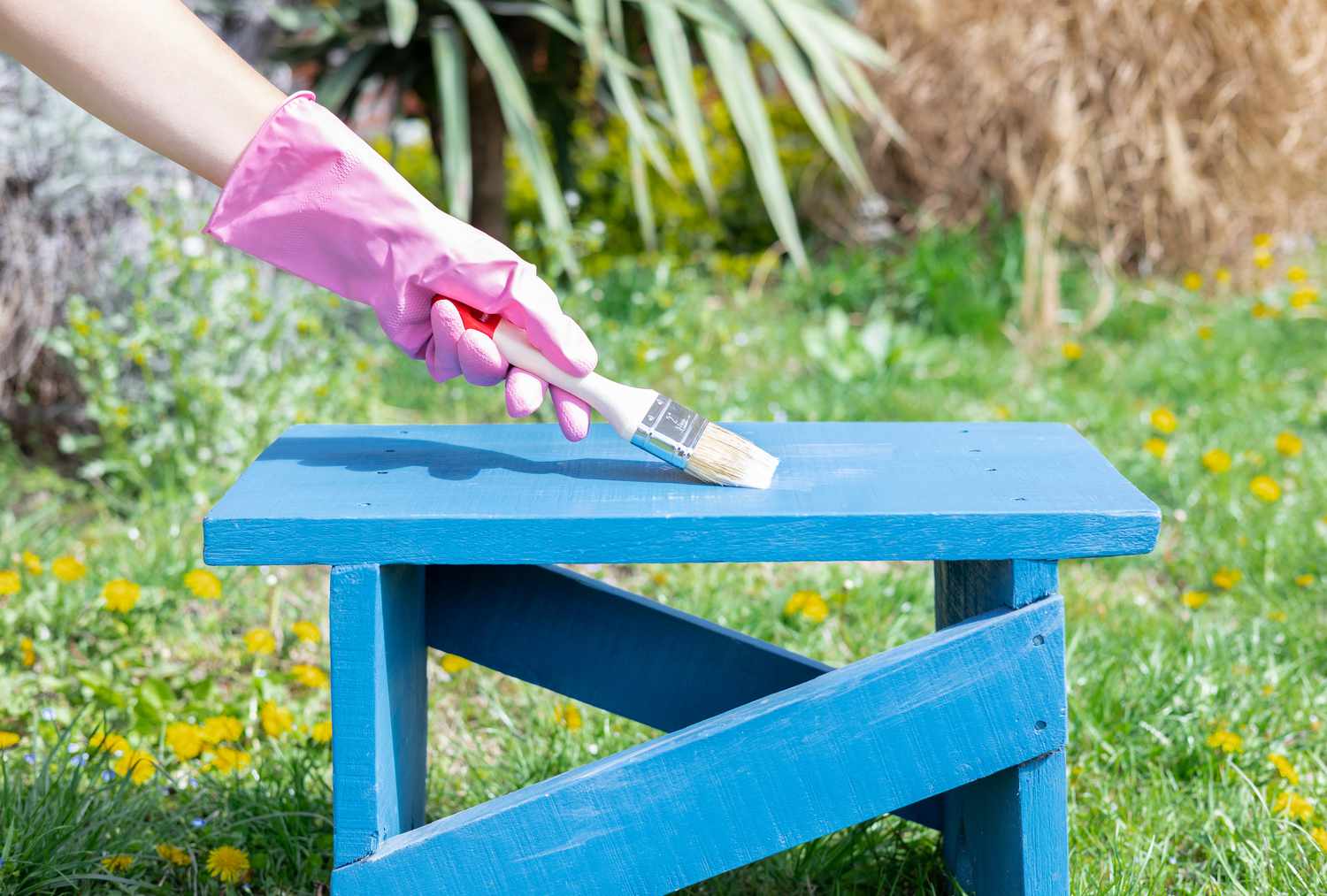
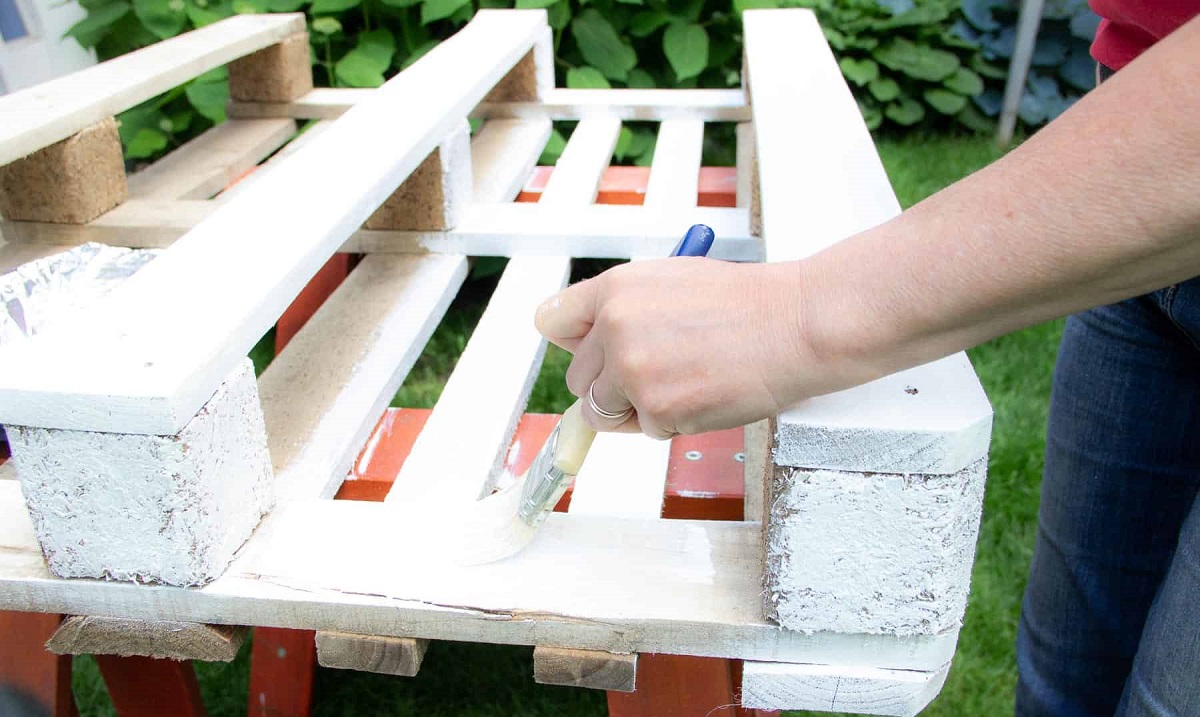
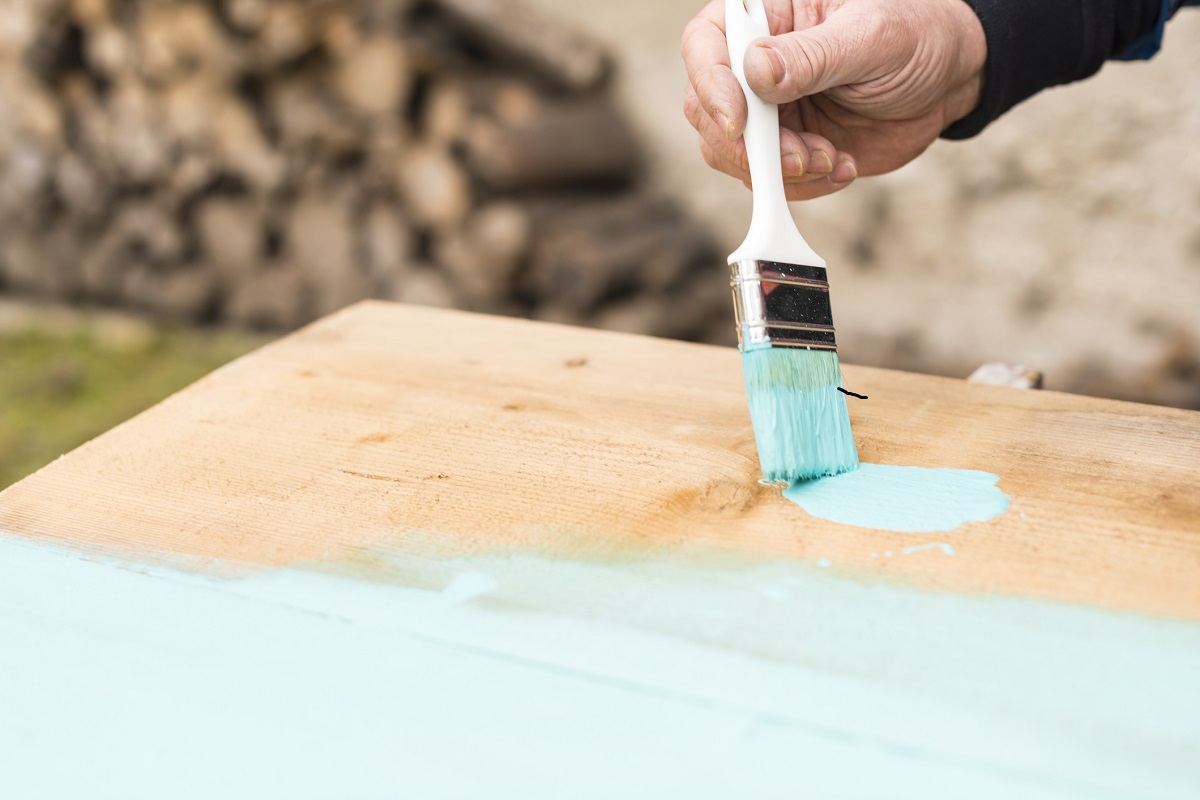
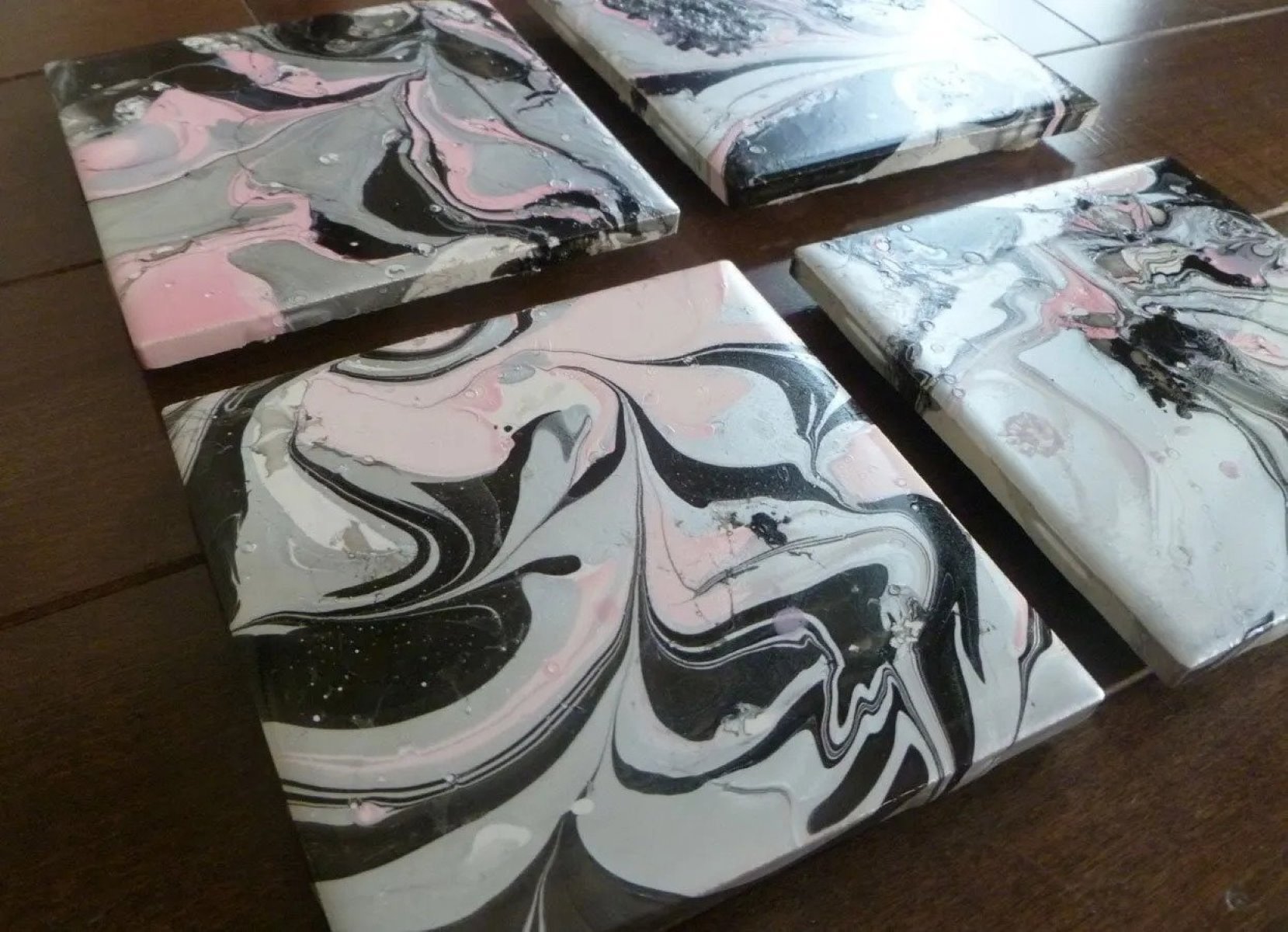
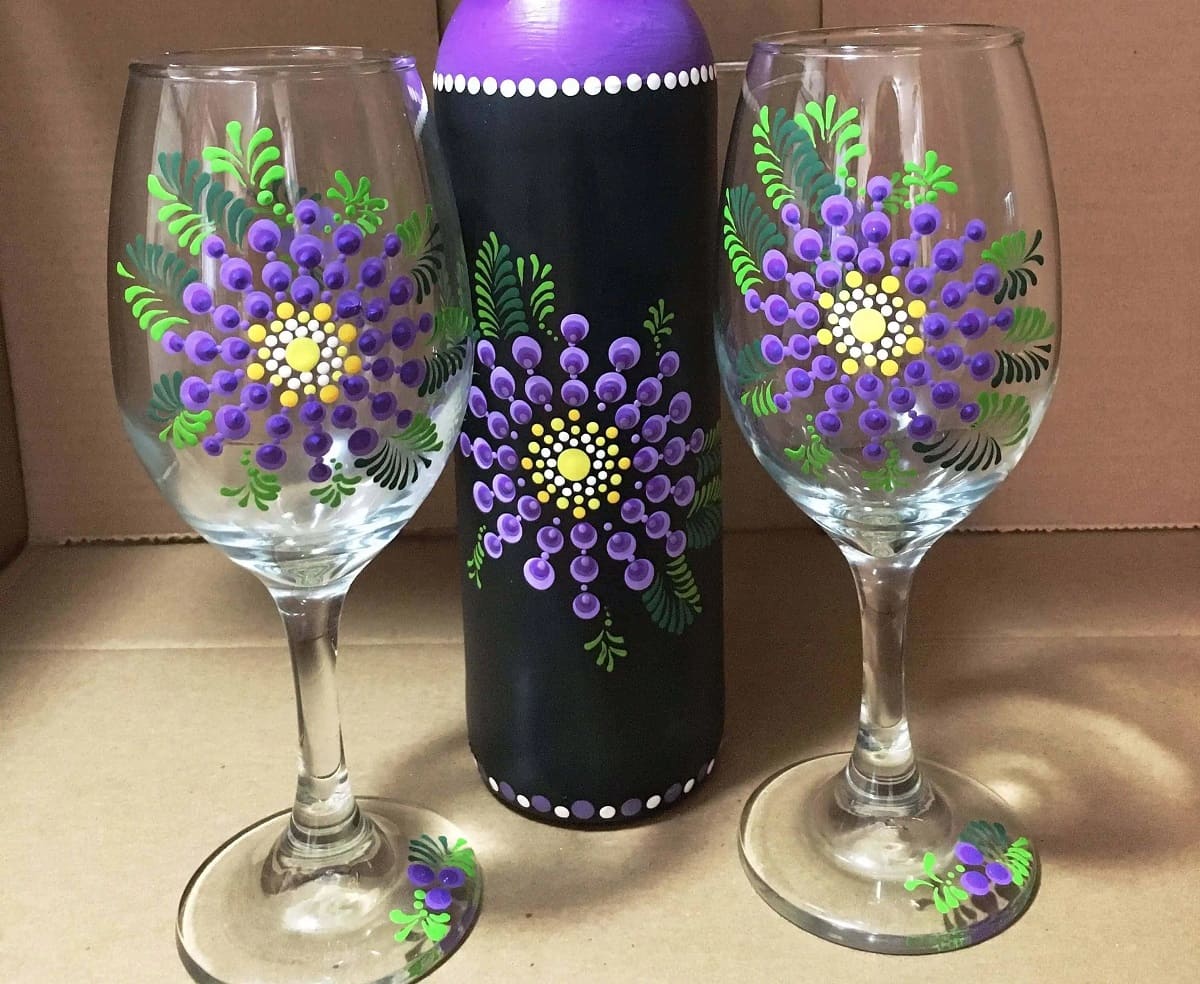

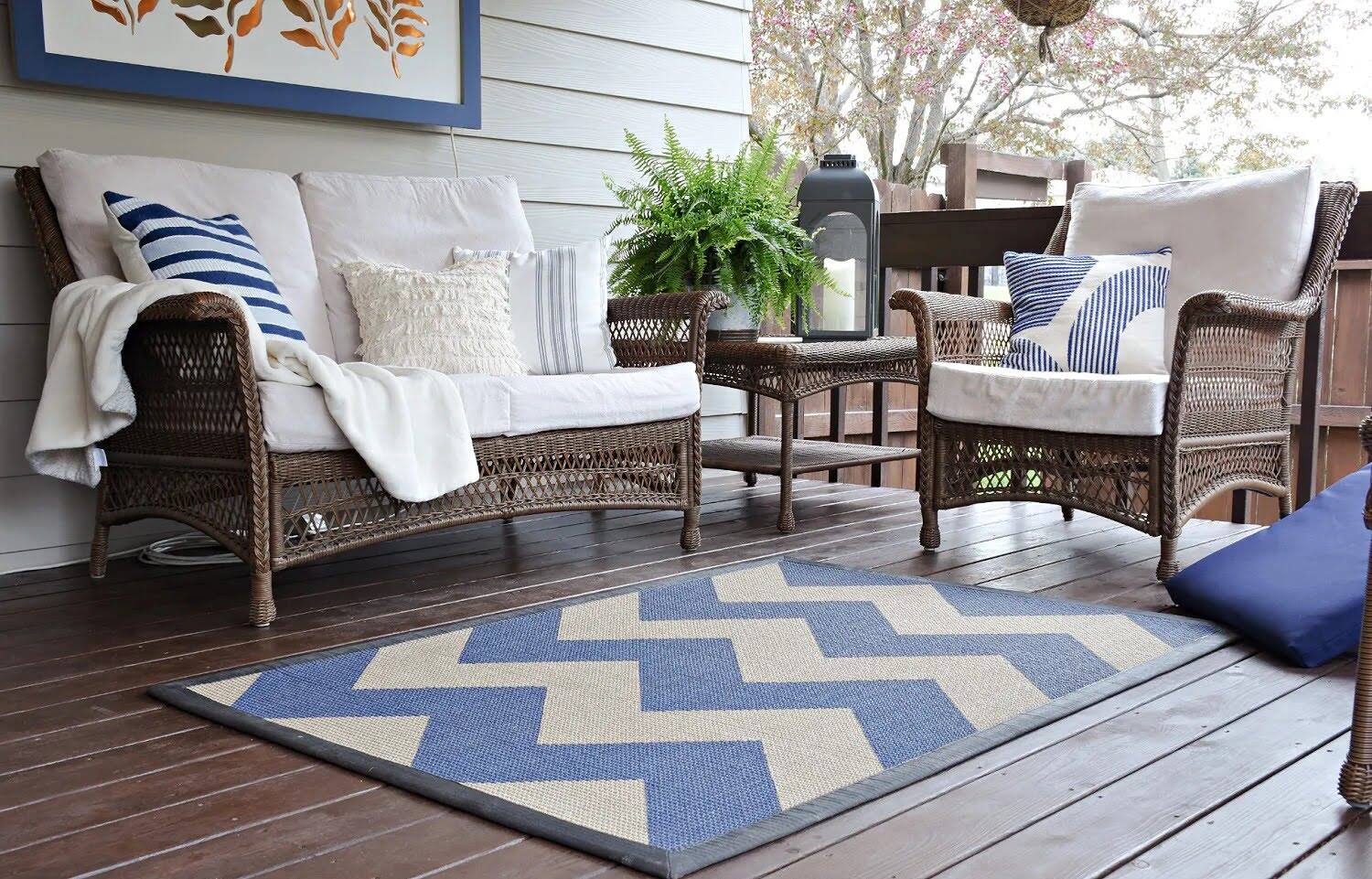
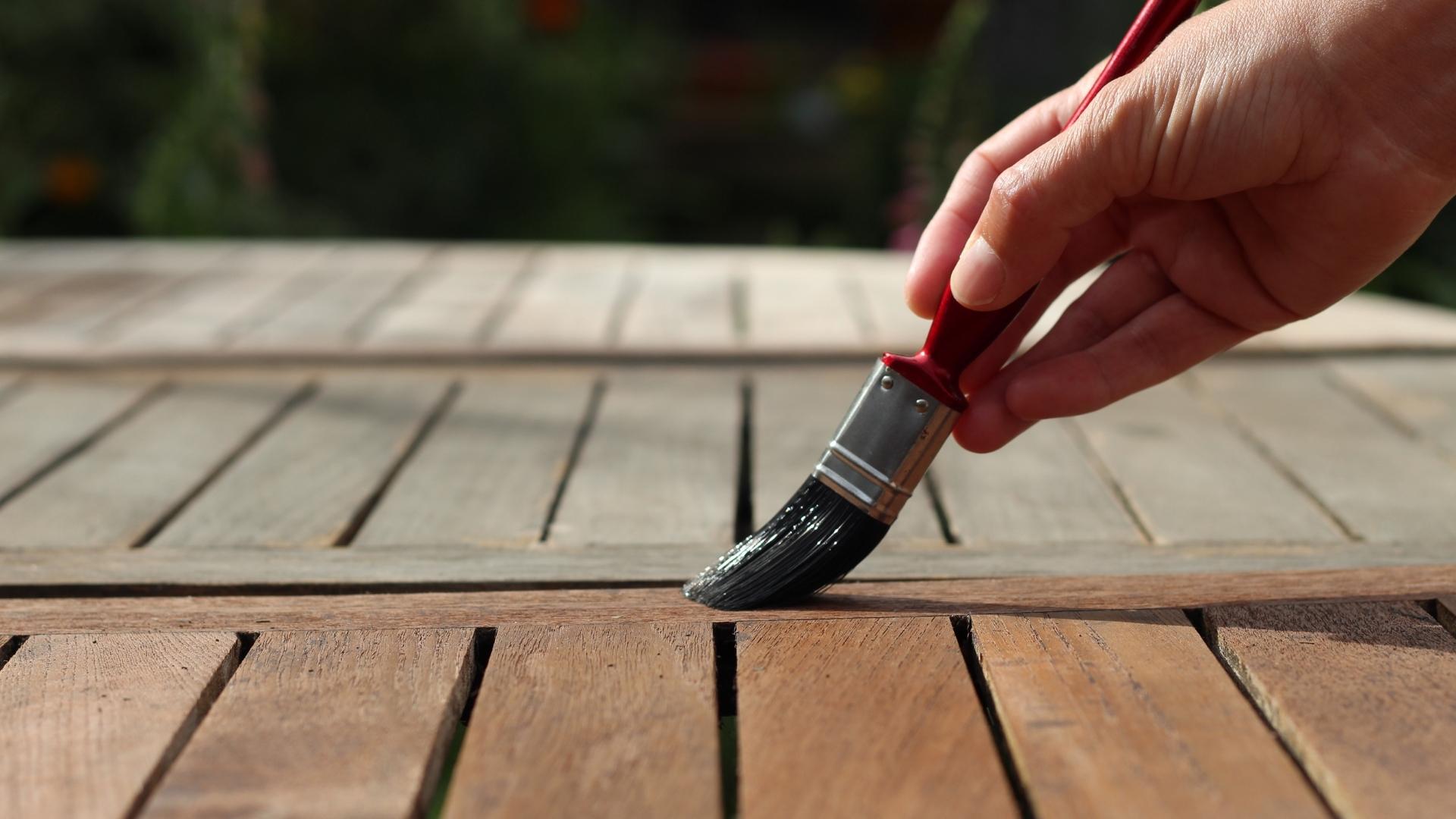
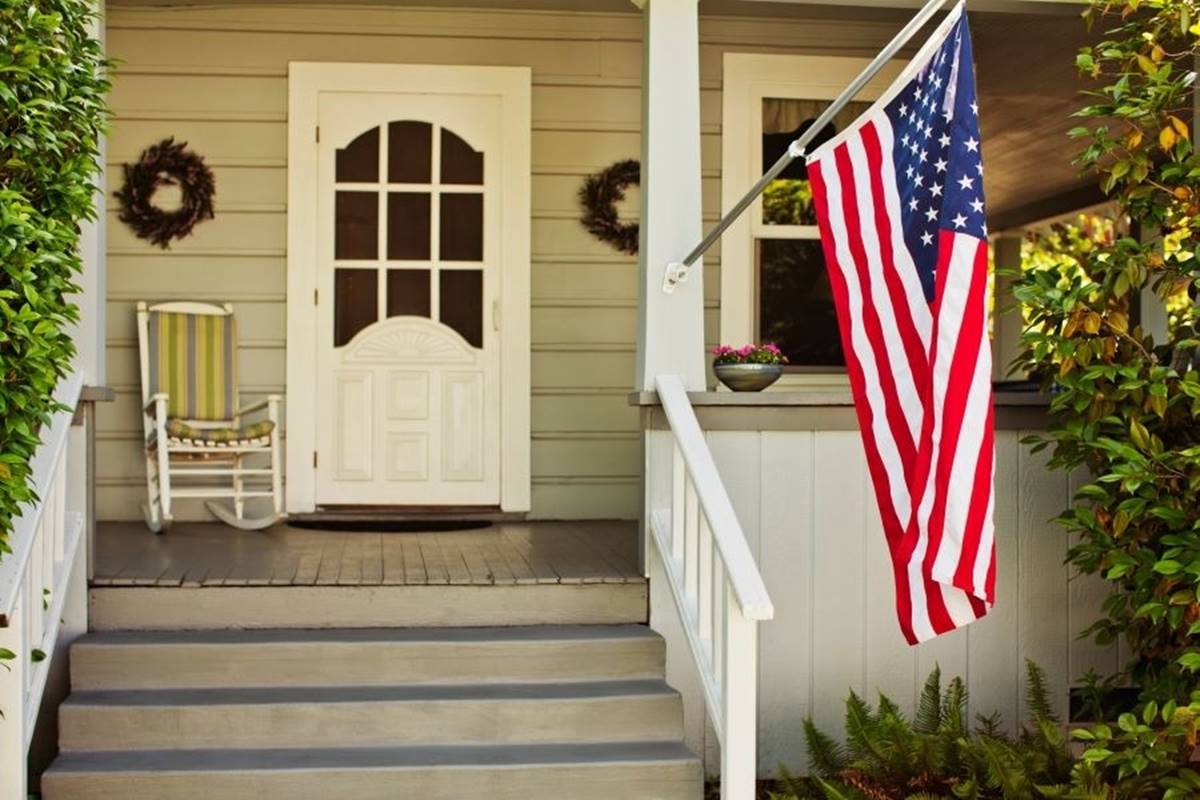
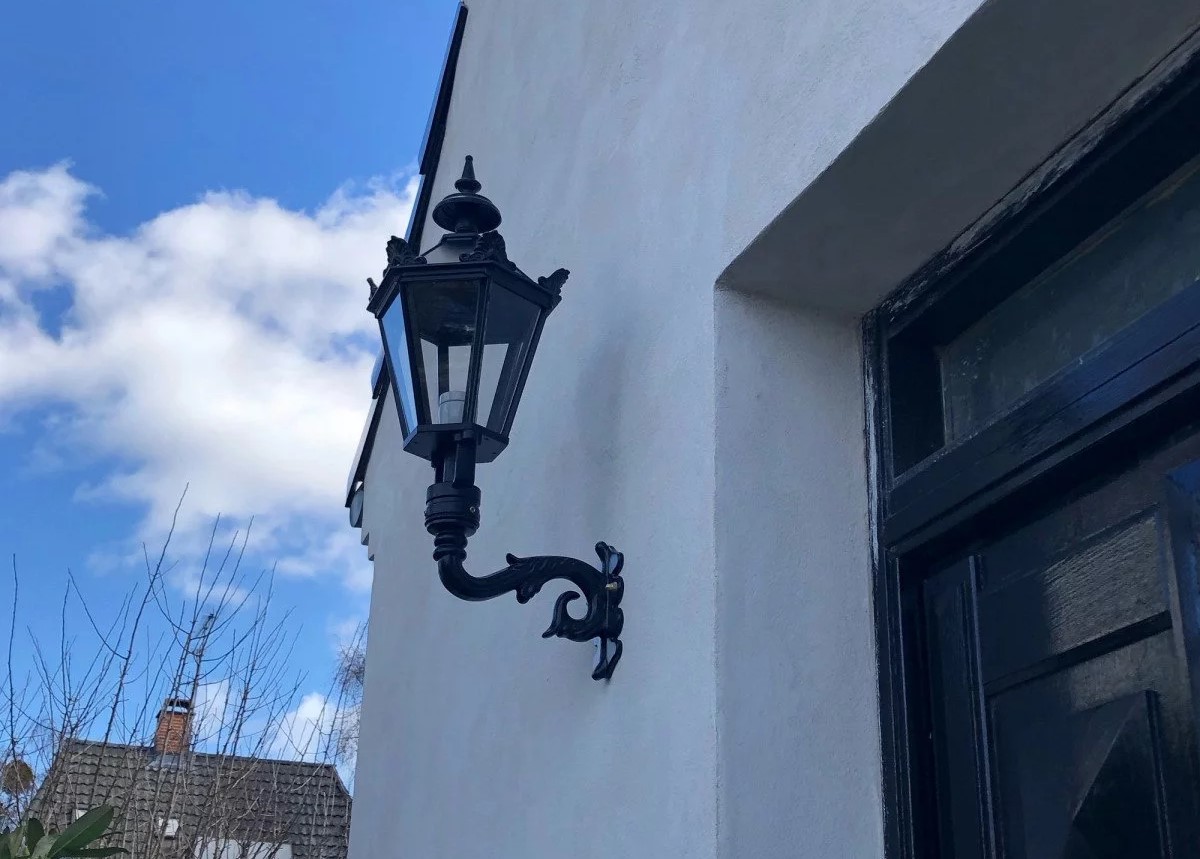

0 thoughts on “How To Seal Paint For Outdoor Use”